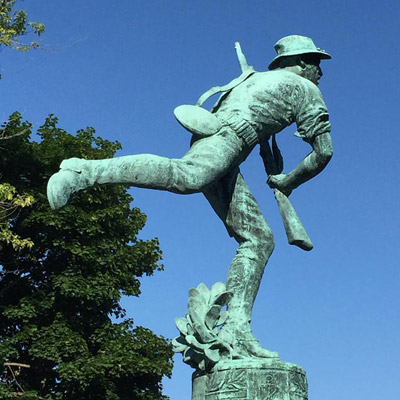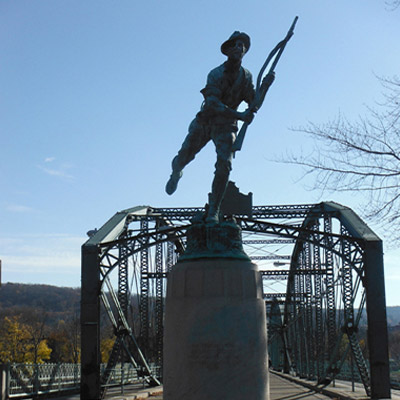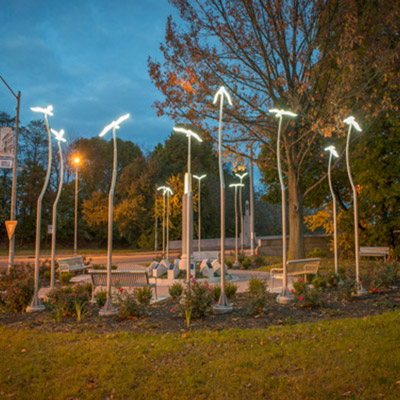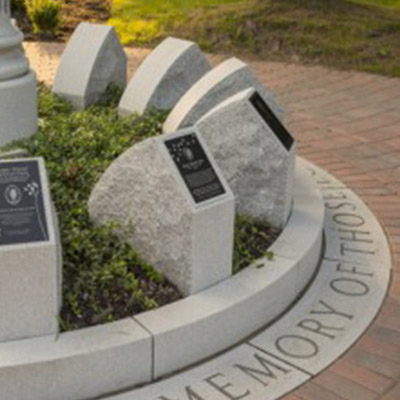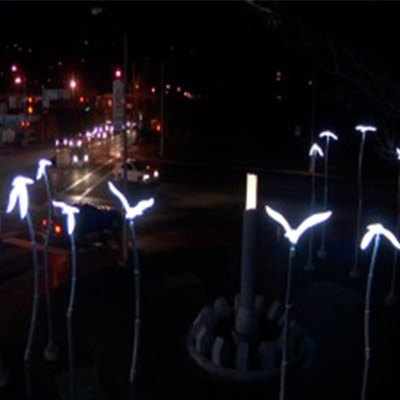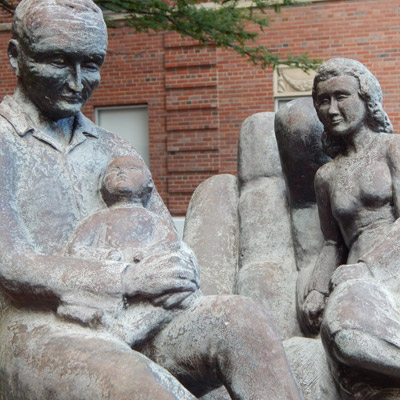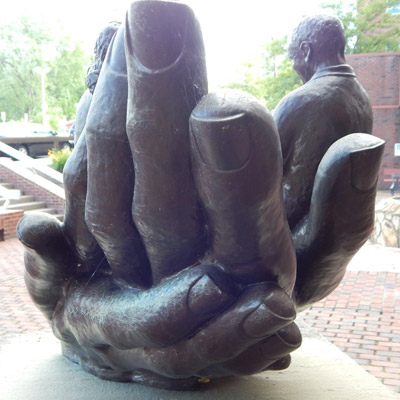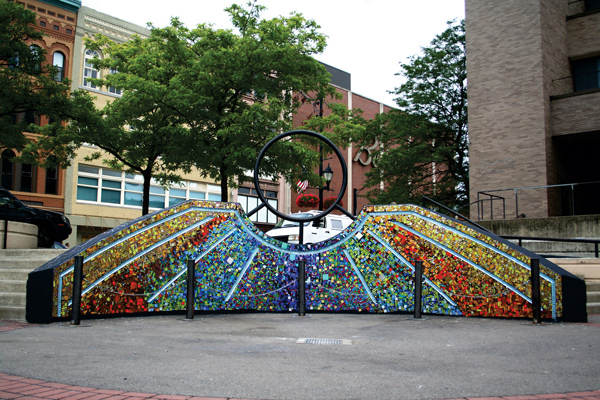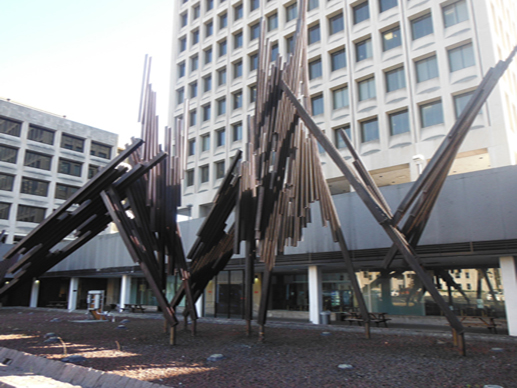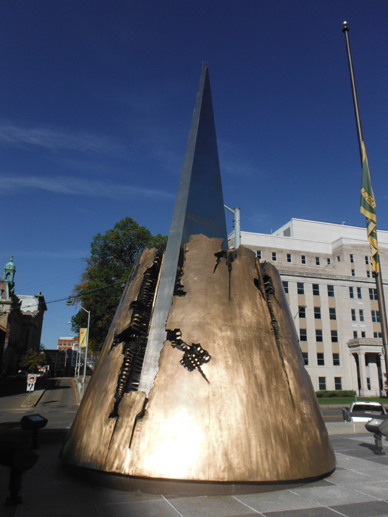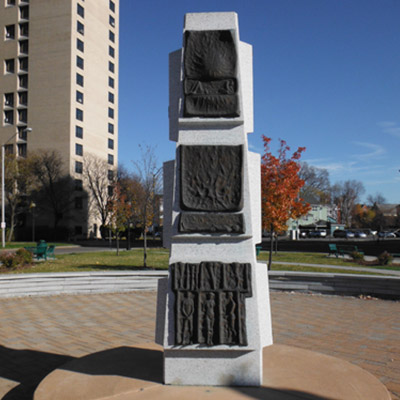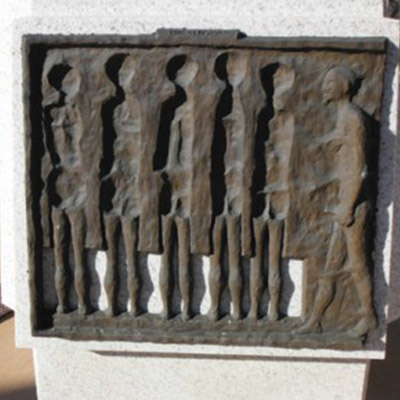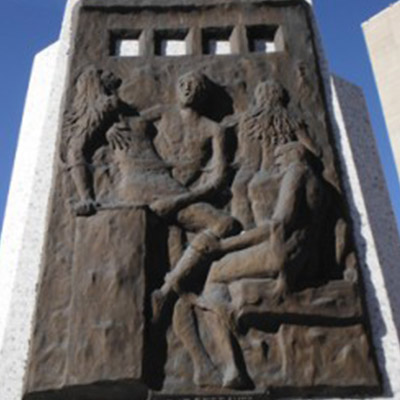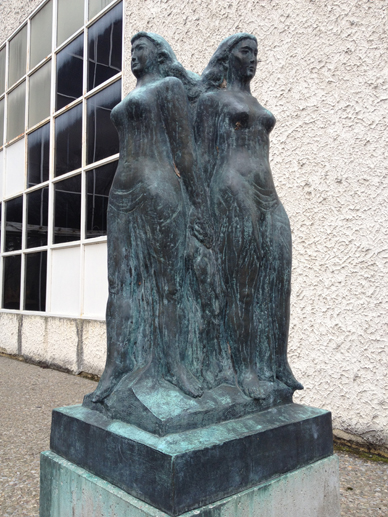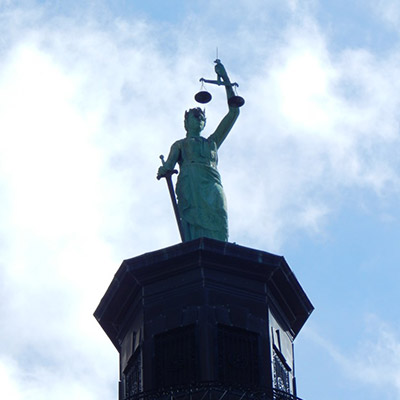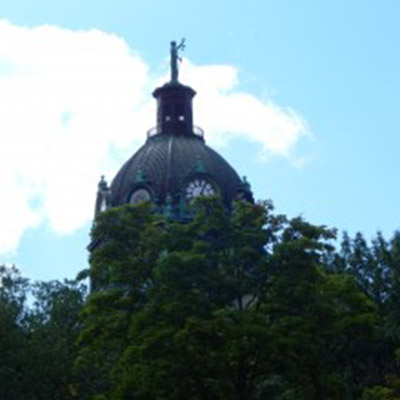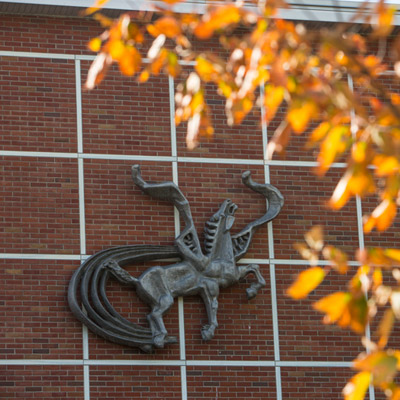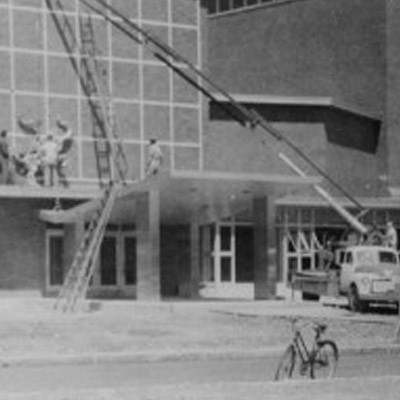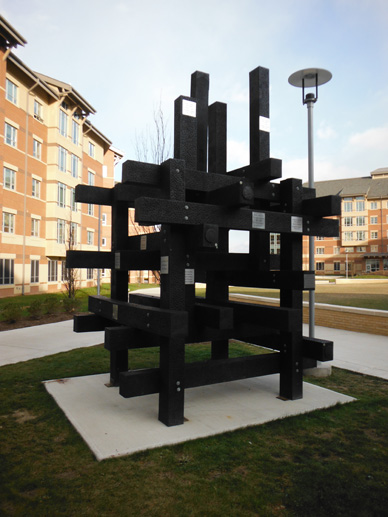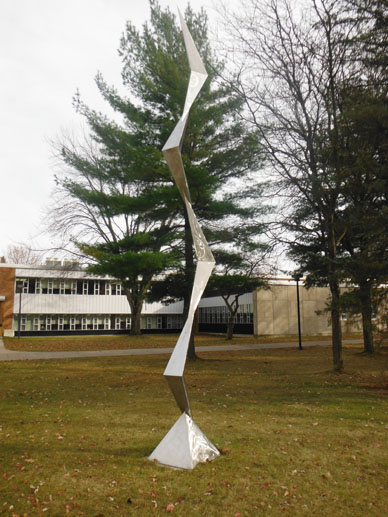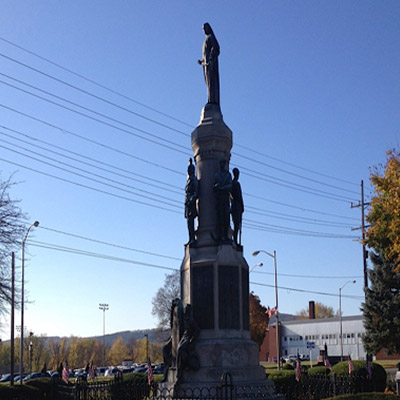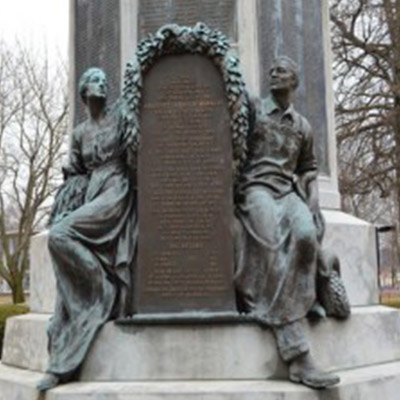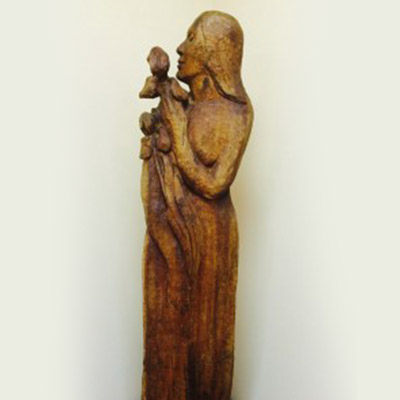Editor’s note: BAMirror featured a previous review of Jesus Christ Superstar at EPAC, based on the dress rehearsal. Schriber wanted to write about the show as it progressed through its run, explaining, “Because I was at the end of the run, I could speak to more specifics without giving away the show.”
Reviewed by David L. Schriber
I’ve never been a fan of rock opera. A notable exception is Andrew Lloyd Webber’s Jesus Christ Superstar, recasting the last week of the life of Jesus of Nazareth in late ’60s style. A radical departure from traditional “Life of Christ” screen dramas such as The Greatest Story Ever Told (1965) and Franco Zeffirelli’s later masterpiece, Jesus of Nazareth (1977), Webber’s rock opera was destined for its own niche, a haunting exploration in contemporary genre of the inner psyche of many of the personages surrounding Jesus in his final days on Earth. A fan of Superstar, I’ve borrowed pieces myself several times over the years for Holy Week church services.
The EPAC Repertory Company’s staging of Superstar, seen on Friday April 15, captured that retro spirit of the hippie Passion play. Good acting and choreography, creative scenery and stage effects, and a solid pit orchestra performance combined to bring back memories of the 40-year old classic. With its run completed, I won’t be giving away any secrets by describing some of the scenes.
Playing the title role of a carpenter’s son was Vincent Burns, who is actually a carpenter! Burns, like several of the principals, seemed to need some time to really get into the depth of his role. Frequently underplaying his character compared to Judas, Burns did succeed in plumbing the depth of Jesus’ anguish in the Gethsemane scene.
The strongest and most intense character portrayal, from the outset to the climax, was Joseph Foti’s Judas – driven, conflicted, remorseful. A slightly slower tempo would have made his lyrics better understood at times. The priests, too, seemed to be in a hurry musically. Had they savored and drawn out their lines, the effect would have been more sinister. The mic’ing was uneven in their scene, Caiaphas too loud and Priest 3 not loud enough.
Doug Caucci’s Herod was amusingly playful but could have used more sarcasm. Eddy Dyer’s Pilate inexplicably played to the audience rather than to Jesus and the crowd whom he was addressing. Michael Farley Kelly (Peter) sang a lovely duet with Lorraine Tiderencel (Mary Magdalene).
The finest voice in the cast, warm and mellow, belonged to Tiderencel, who played the historically mysterious Mary Magdalene with sensitivity. Her love and devotion for Jesus seemed very genuine, no simple two-dimensional harlot here. I do question her being placed at the Last Supper with The Twelve singing “always hoped that I’d be an apostle.”
Director/set designer Patrick Foti maximized his use of the Robert Eckert Theater’s modest stage by employing long staircase bleachers and scaffolding to put the drama on several vertical levels. The aisles were used as well for entrances and exits, giving the audience a feeling of being even closer to the action.
Emily Foti’s choreography put nearly three dozen people on stage without it seeming crowded. The chorus, costumed variously with tie-dyes and Afros, sang and danced with energy and enthusiasm. Some of the props were questionable – rubber chickens, OK, but weapons dealers in the moneychangers-in-the-temple scene?
It was costuming that conveyed the tone as growing crowds beseeching Jesus for healing appeared as white-shrouded faceless figures gradually smothering and overwhelming him, true to the play if not the Gospel.
The treatment of Judas’ temptation, whipsawed between a female angel in white chiffon and a male devil in black, was quite effective, especially at the end of the scene when the devil wrapped a white scarf around Judas’ neck, and then held it up behind his head, prefiguring Judas’ death by hanging. That event was somewhat predictably accomplished later with a body harness and a hoist.
Strobe lighting dramatized the 39 lashes, accelerating towards the end, giving stop-action shots of the horrified crowd. The concert program made a significant omission in neglecting to list the last scene, titled in the score simply “John Nineteen Forty-One,” an important scripture reference. The pit orchestra, having given a solid performance throughout, delivered a soulfully mournful instrumental movement as a poignant farewell scene unfolded in the near darkness, each group of characters pausing before the cross to view the lifeless body, and then exiting slowly up the aisles. All, that is, but Judas, whose soul paused before the cross, then turned and knelt facing the audience in a gesture of prayer, begging forgiveness. Curtain.
Thought it was over? But wait…what’s that noise? Vroom-Vroom! After a brief curtain, in a surprise epilogue, reprising the retro motif, a white-robed Jesus, now presumably risen from the dead, rides a motorcycle on stage, smiles broadly to the audience, invites Judas to hop aboard, and they exit stage right! I mean, like, far-out, man!

